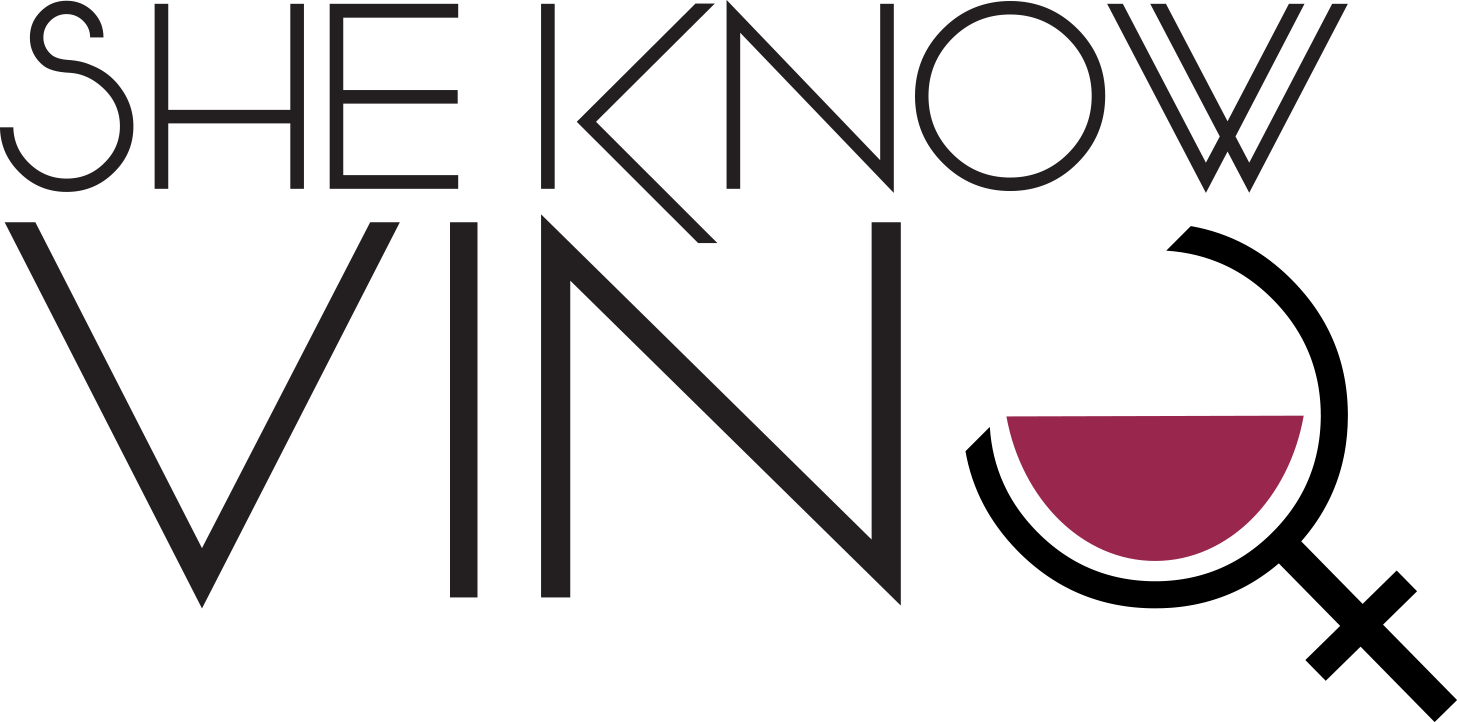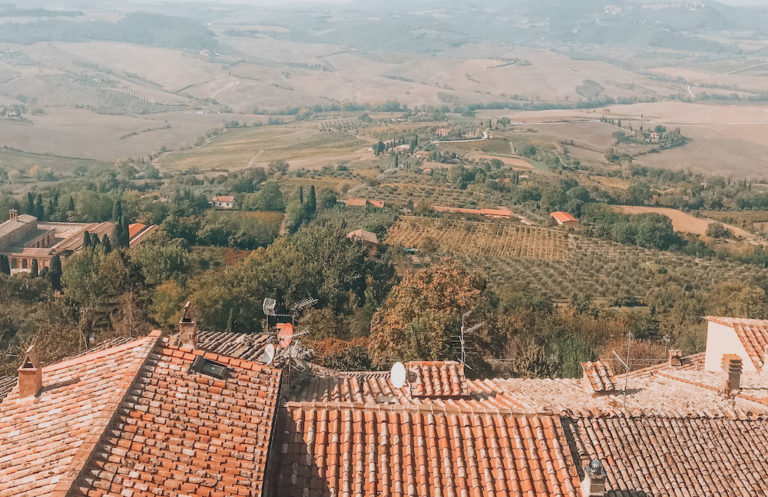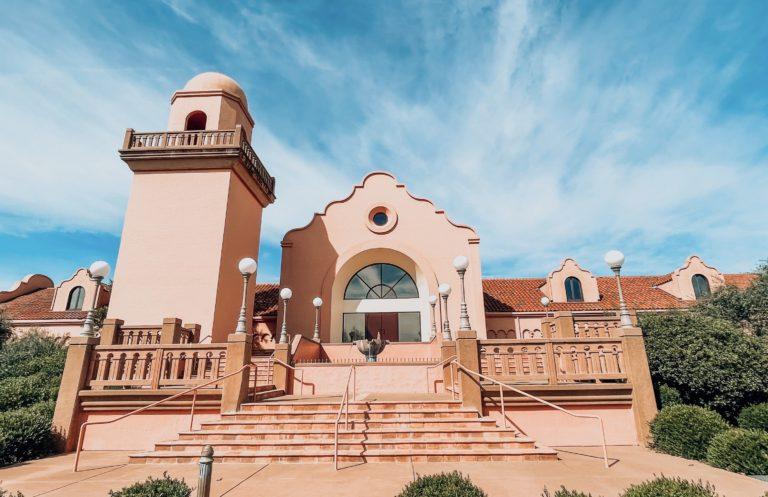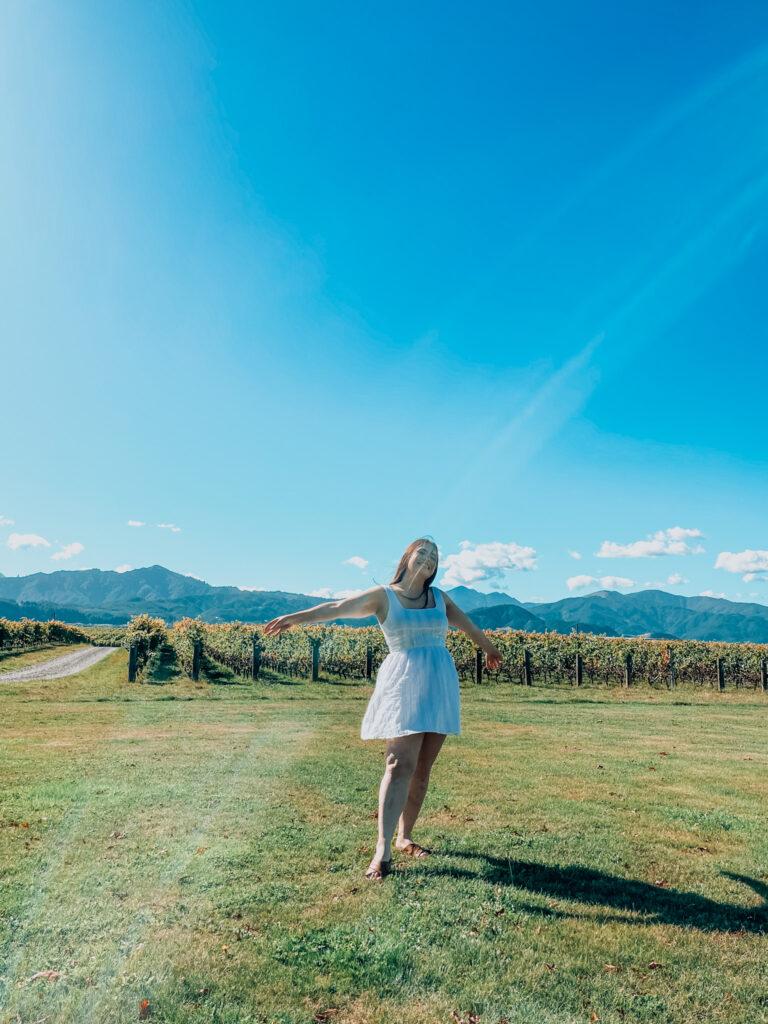Livermore Valley Adventure: A Journey Through California’s Underrated Wine Region
Welcome to Livermore Valley
Tucked away in California, Livermore Valley is one of the state’s oldest wine regions. It all began in the 1840s when Robert Livermore planted the first wine grapes here. At the time, there wasn’t even a town named Livermore. It wasn’t until 1869, when William Mendenhall came along, that the town was officially founded and named after Robert Livermore.
Fast forward to 1882, when Charles Wetmore established Cresta Blanca Winery. He planted Bordeaux grape varieties like Sauvignon Blanc and made a splash with his first vintage, a white wine entered in the 1889 International Paris Exposition, where it won the Grand Prix. This moment marked the first Californian wine to win a major competition in France, placing California (and Livermore) on the wine map. Soon after, Carl Wente and James Concannon followed suit with their own wineries, Wente Vineyards and Concannon Vineyard.
By 1912, Ernest Wente was already creating the famous Wente Clone of Chardonnay, a grape that today makes up 75% of California’s Chardonnay. Through Prohibition, Wente kept the lights on by producing sacramental wines. In 1936, the Wente brothers introduced the first varietally-labeled Chardonnay in the U.S. They’re now listed as a historical landmark, and for good reason.
Speaking of history, James Concannon started Concannon Vineyard in 1883 after making his way to America. His decision to settle in Livermore wasn’t by chance, it was all about the terroir. Concannon, like Wente, weathered Prohibition with sacramental wines. Fast forward to 1961, and Concannon became the first to bottle a varietally-labeled Petite Sirah. His legacy continued with the creation of Concannon’s famous Cabernet Sauvignon clones—a foundation for nearly 80% of California’s Cab plantings.
Finally in 1982, Livermore Valley was established as its own American Viticultural Area (AVA).
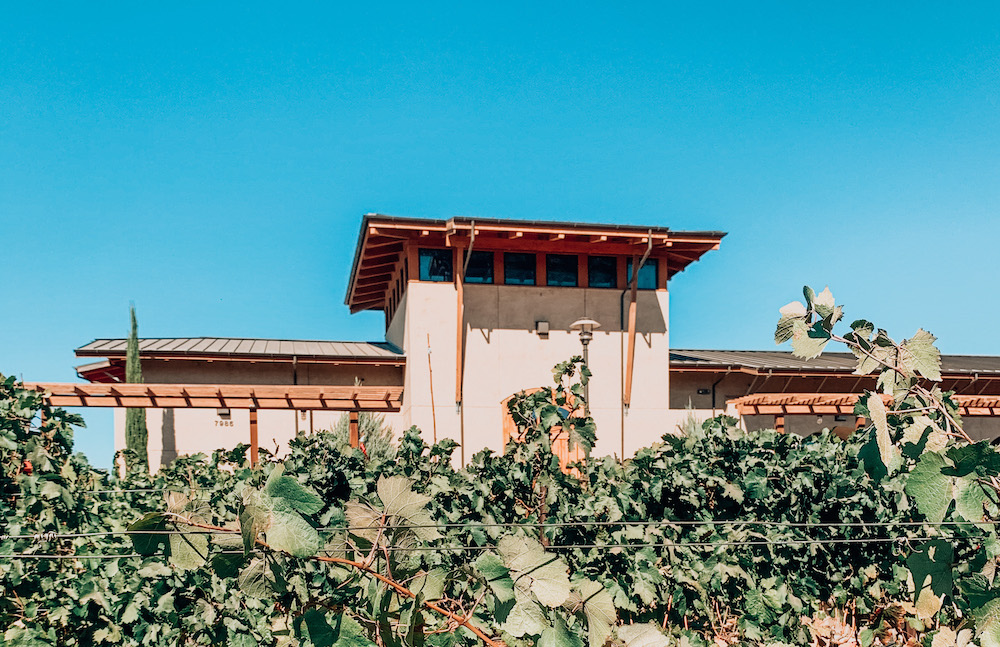
Livermore’s Wine Identity Struggle
Now, here’s the deal. Livermore Valley doesn’t yet have the same standout varietal identity as Napa’s Cabernet Sauvignon or Marlborough’s Sauvignon Blanc. In my opinion, Livermore should consider embracing its history with Chardonnay, especially thanks to the Wente Clone. But if they want to mix things up a bit, there’s another route they could take. Livermore’s climate is perfect for Spanish varieties, and Albariño could make a strong case for becoming their signature grape. The warm days and cool evenings mimic the conditions found in Spain’s coastal regions where Albariño thrives. Leaning into this Spanish variety could give Livermore a unique identity, especially as Albariño continues to gain popularity in California.
The Perfect Climate for Grapes
Livermore’s climate is a winemaker’s dream. With its east-west valley orientation, the region gets a nice dose of cooling fog and marine breezes from the San Francisco Bay. The days are warm, allowing the grapes to ripen fully, while the nights cool down, preserving the acidity. Plus, the gravelly soils provide excellent drainage, meaning more concentrated flavors and lower vine vigor.
Wineries to Visit
Now, Livermore doesn’t yet have the same tourism buzz as Napa (though it’s coming, I’m sure of it). Napa hit the jackpot with its historical wine victories and its super-trendy hotels, while Livermore is still building its tourist vibe. But hey, it’s perfect for a relaxed day trip where history and wine come together.
Wente Vineyards: This iconic property is a must-see! It’s a historical landmark with a rich legacy that dates back to the 1800s.
Concannon Vineyard: Another historic winery that helped shape the region. Don’t miss their Petite Sirah! It’s a local treasure.
Rodrigue Molyneaux: A family-run winery with a fun selection of unique wines. Plus, the winemaker loves chatting about the process!
Las Positas Vineyards: Always something going on here, whether it’s food pairings, live music, or special events.
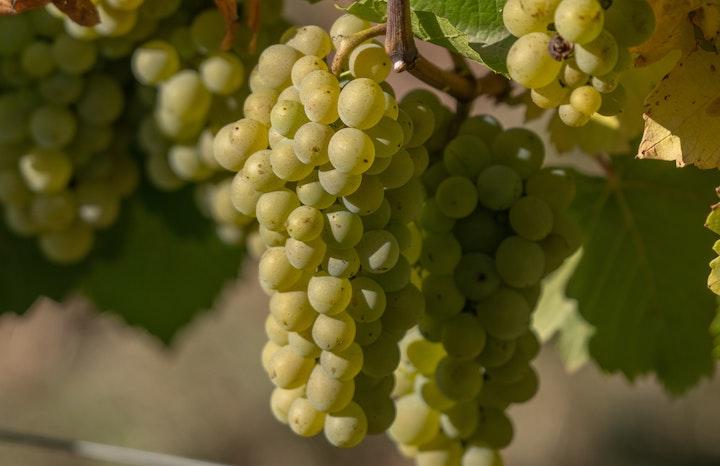
Wines You Should Try
When in Livermore, you’ve got to taste the wines that helped shape the region. Think Sauvignon Blanc, Chardonnay, and Petite Sirah. Don’t skip over Albariño either. It’s becoming a standout here too!
And if you’re not in California, you can find Concannon and Wente wines at places like your local liquor store, grocery stores, Costco, and sometimes even Target!
While Livermore’s wine scene continues to grow, these wineries give you a taste of the valley’s historic roots. Get there while it’s still an insider’s secret!

